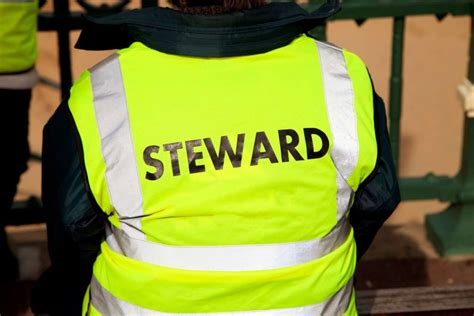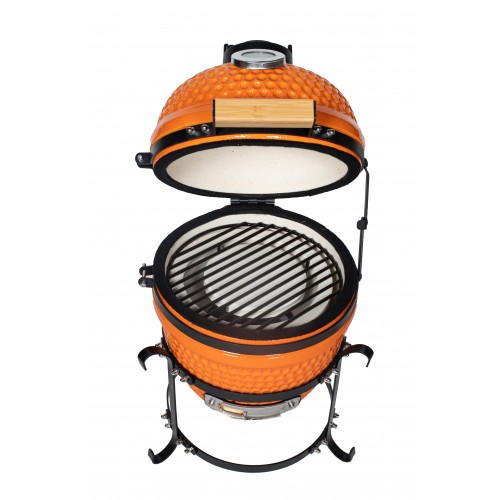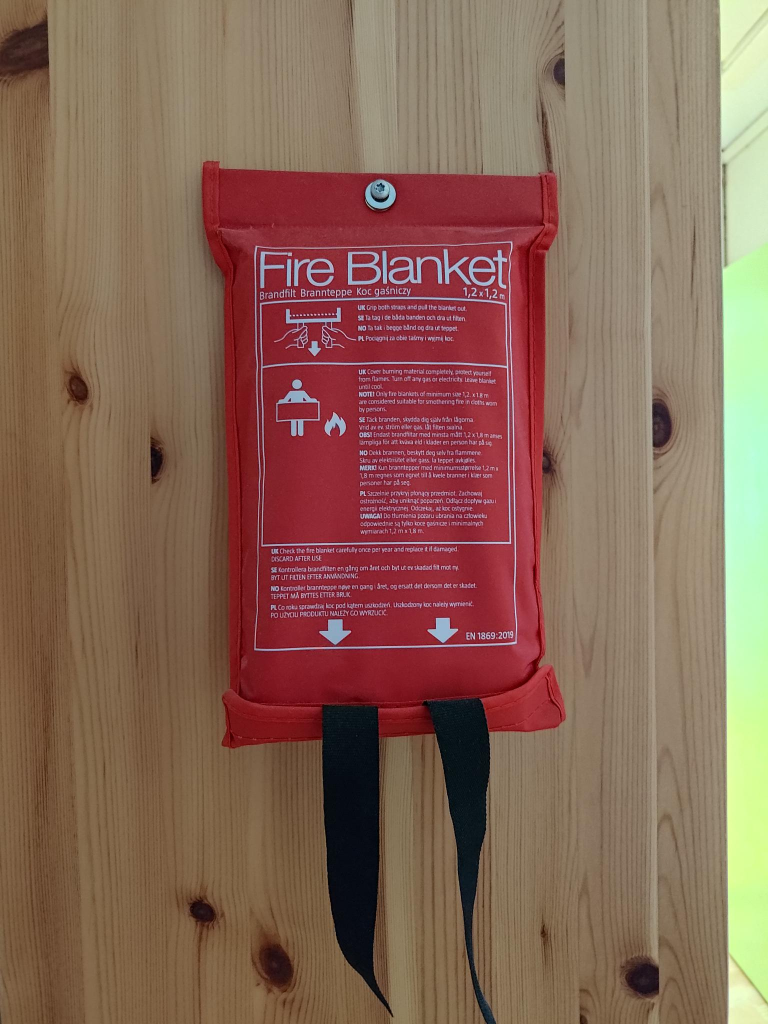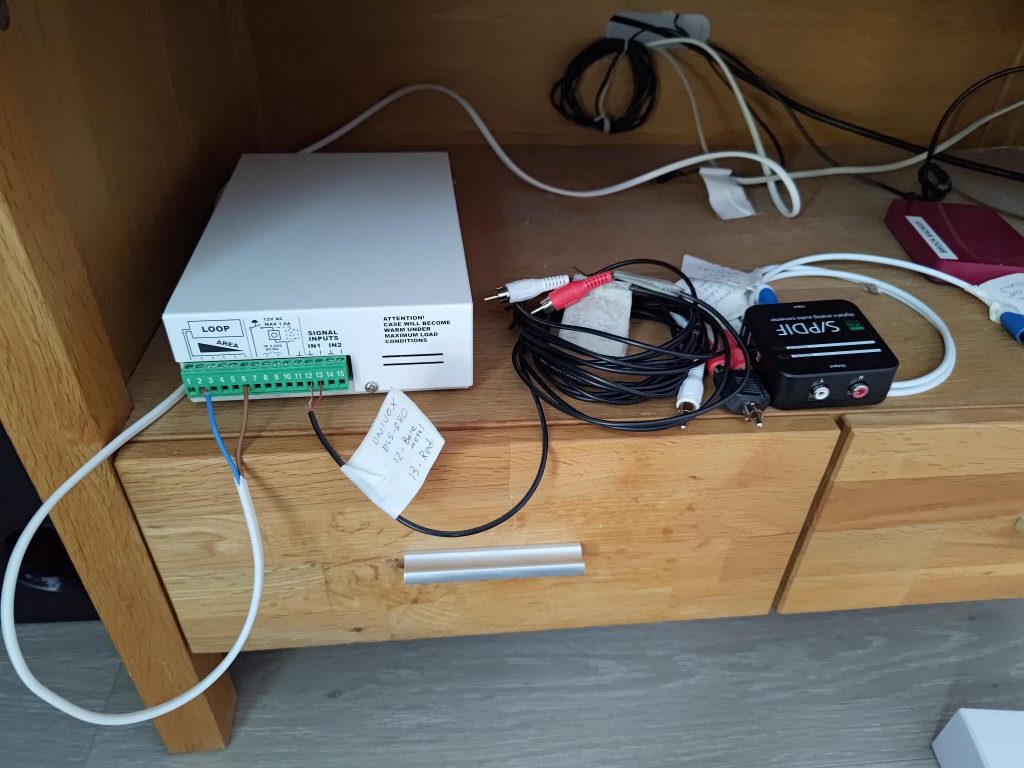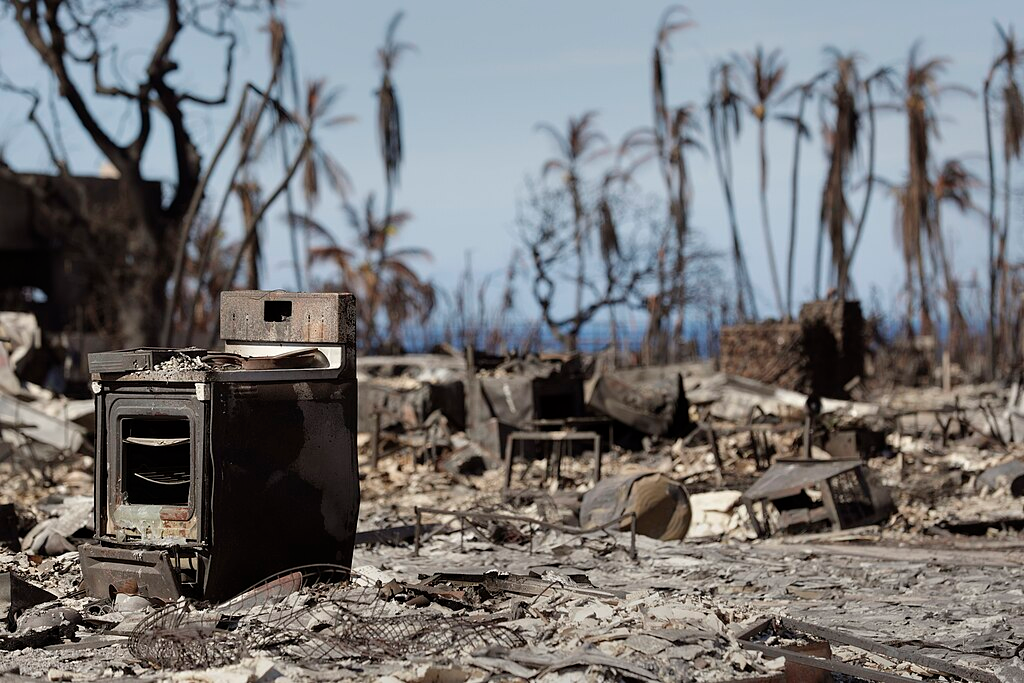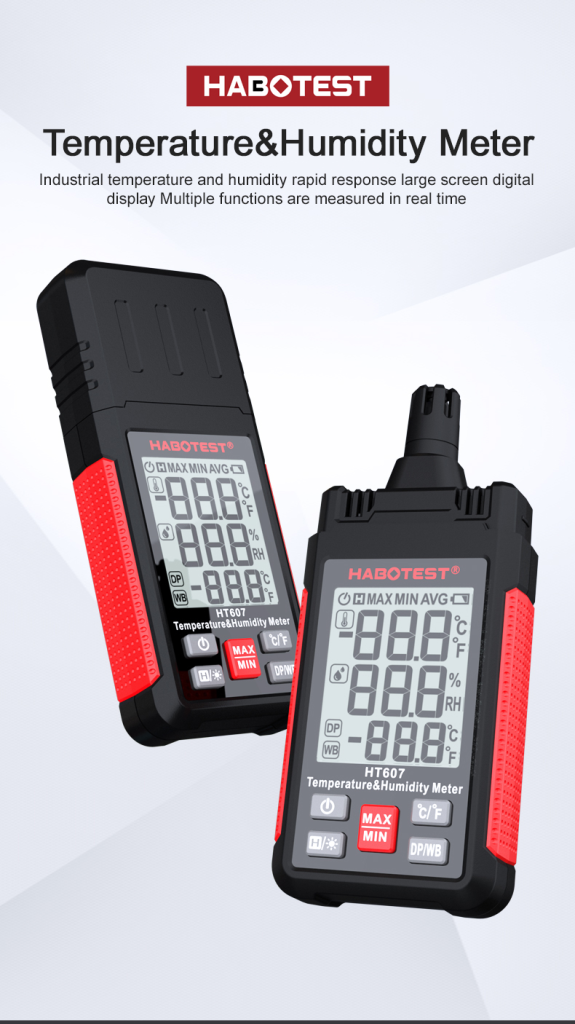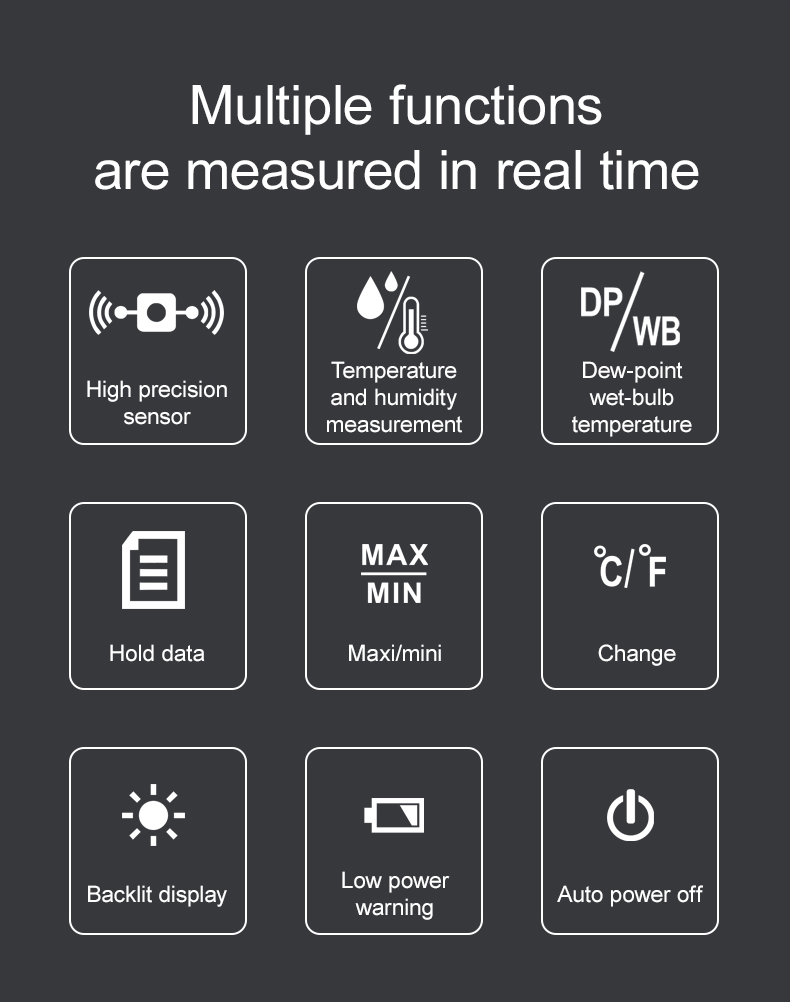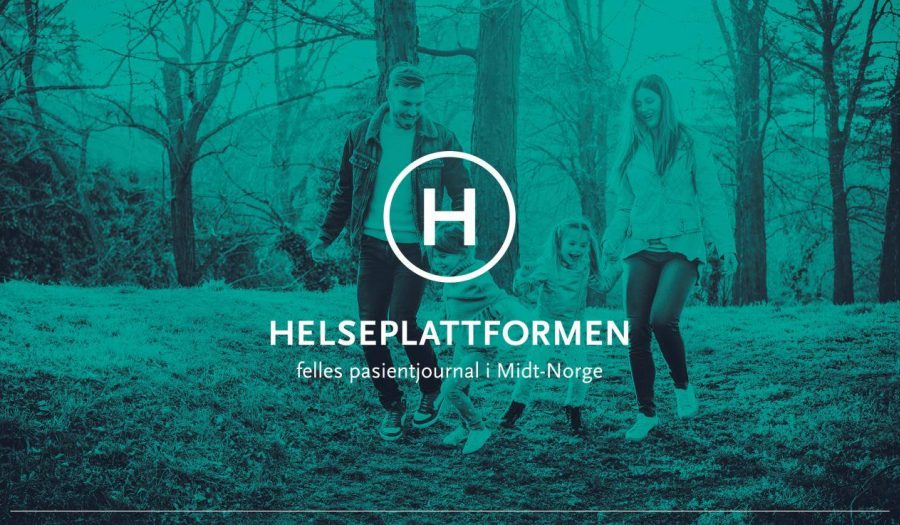
For some months, I have been looking at a specific problem, and wondering how the political authorities thought they could find success buying an inappropriate off-the-shelf software solution, in this case a medical record database.
It is a software problem that is affecting everyone in Norway. The software in question is an overarching patient journal/ record system referred to as the Health Platform, intended to be used by all Norwegian hospitals, medical centres and everyone else in Norway involved in the care of patients. Its use will start in Trøndelag.
In the evaluation of any software product, it is important that at least some of the decision makers consult with people competent to evaluate it. For example, with a database, it is important to know what that primary key will be. I suspect that the person/ people deciding to buy this system, did not look at the primary keys, or anything else, from a computer science/ engineering perspective. I further suspect, that these decision makers may have been bean counters, who are used to dealing with legumes rather than sick human beans.
There have been situations reported in the press about this patient journal. Often it involves a situation where test results to confirm the presence of cancer, have just disappeared, although sometimes they emerge months later. This is where I began to suspect inappropriate primary keys. One should be able to search for records having a specific primary key, a person’s identification number, and find everything about that person, that is in the database.
We have one friend, in her late 60s, who had a medical emergency, probably an epileptic fit, who was sent to the local hospital. To help decide what her problem was and how best to treat it, the hospital conducted a CAT/ CT = computed tomography scan, a medical imaging technique used to obtain detailed internal images of the body. She was then released. That was about a month ago, and nobody knows where the results of the scan are located. Her meeting with her physician, has been postponed to determine the most appropriate medication, has been repeatedly postponed, in the hope that the scans will emerge.
In contrast, there is a tradition of smallish organizations developing software that they need. For example, Østfold Hospital, in south-east Norway, has developed its own apps to streamline work processes, which they estimate saves healthcare personnel an hour per day per employee. The apps move work processes from PCs and paper to hand-held devices = smartphones, which increases safety by reducing human error. The hospital has its own app center that has developed 17 apps from scratch, including an app for drug control and one for blood transfusion. The hospital has received inquiries from other health authorities that want to use the apps, and has already signed an agreement with one for a particular app. Employees at the hospital believe that simpler work processes with new apps can help stem the predicted health crisis.
In the late 1970s a group was working in Bergen to develop the DOC 110 system, one of the very first computer systems for electronic patient record keeping (EPR). This was soon supplemented by the PROMED system. In 1979, another EPR system, Infodoc, came onto the market in the Bergen area, and this quickly gained popularity, especially in Western Norway. Also at the Institute of General Practice in Bergen, a single-user version of an EPR system was developed and tested in two medical practices on a Tandberg platform.
In the spring of 1980, what even today can be considered a reasonably complete electronic patient record (EPR) system was put into use by a group of doctors in Balsfjord, a 1 500 km2 municipality, with a population approaching 5 600 in Northern Norway. The system, which was developed by a publicly funded project at the University of Tromsø in close collaboration with doctors from Balsfjord, was then transferred to a public company, Kommunedata Nord-Norge, for commercialization and further development.
In the early 1980s, another general practitioner started development work alongside his general practice, which led to the launch of the EPR system Profdoc in 1985, a system that quickly gained popularity. Thus, the period before 1988 can be called the pioneering period for the development of EPR systems in general practice in Norway.
While Norway had made a good start, there were far too many competing incompatible systems. It was almost as if each county, and sometimes smaller parts of counties wanted to have their own.
Use and distribution
This situation continued in the decades that followed. Fast forward to 2012. The Health Platform is a joint electronic patient record for municipalities, hospitals, GPs and contracted specialists in Central Norway. Work on the Health Platform began in 2012, and on 2019-04-01 the implementation project was formally launched and at the same time the limited liability company Helseplattformen AS was established. The project is part of the state’s follow-up to the white paper One citizen – one record, which was presented in 2012. Except, I am not sure that there is a primary key linked to every resident.
In 2022-05, the Health Platform was introduced by Trondheim Municipality in all service areas within health and welfare, and on 2022-11-12 it was introduced for use at St. Olav’s Hospital. As of 2023-12, the platform is in use in ten municipalities in Central Norway, and 16 municipalities have signed a financially binding service agreement.
The acquisition cost of the system was originally estimated at NOK 1.7 billion with an expected lifespan of 18 years. The total costs for the development and implementation of the Health Platform for the health authority, municipalities and GPs until 2024 are estimated at approximately NOK 6.7 billion.
Technology
The health platform’s technical solution is provided by Epic Systems, an American information technology company in health informatics, which supplies patient records and patient administration to, among others, the Netherlands, Australia, the United Kingdom, Denmark and Finland. The contract between Epic and Helseplattformen AS was signed on 2019-03-19. The login and access management for the platform is provided by IBM and the agreement was signed on 2019-06-03.
Epic was founded in 1979 by Judith R. Faulkner (1943 – ) with a $70,000 investment. Originally headquartered in Madison, Wisconsin, it moved its headquarters to Verona, Wisconsin in 2005, where it employs 13 000 people. The company also has offices in Bristol, UK; ‘s-Hertogenbosch, Netherlands; Dubai, United Arab Emirates; Dhahran, Saudi Arabia; Helsinki, Finland; Melbourne, Australia; Singapore; Trondheim, Norway; and Søborg, Denmark.
I imagine that development is taking place at two distinct levels. Changes are being made in Wisconsin, and changes are being made in Norway, and other places. There is probably little coordination between these efforts.
Criticism and scandals
Robert Kuttner (1943 – ) writes in The American Prospect that Epic’s market dominance is driven by its software’s ability to maximize profits for hospitals by facilitating upcoding, a form of healthcare fraud. The Department of Health and Human Services found that from 2014 to 2019, the number of inpatient stays billed at the highest severity level increased almost 20%, while stays billed at lower severity levels decreased. Kuttner argues that this drive for profit maximization leads to providers spending two hours entering data for every hour they spend with patients. Kuttner also reports that providers are faced with time-consuming training, alert fatigue, and mistakes stemming from copying and pasting from previous notes, ultimately leading to burnout and early retirements.
David Blumenthal, the National Coordinator for Health Information Technology from 2009 to 2011, said: The customers [of EHRs] were the chief information officers and the chief executives of hospitals, not doctors. Their principal goal was to protect revenues. Systems like Epic were not designed to improve quality because there was no financial incentive to do so at the time.
Since the system was also used in Denmark and Finland, it might be interesting to look at their experiences. These are taken from the English Wikipedia.
Danish experience
In 2016, Danish health authorities spent DKK 2.8 billion on the implementation of Epic in 18 hospitals in a region with 2.8 million residents. On May 20, Epic went live in the first hospital. Doctors and nurses reported chaos in the hospital and complained of a lack of preparation and training.
Since some elements of the Epic system were not properly translated from English to Danish, physicians resorted to Google Translate. As one example, when inputting information about a patient’s condition, physicians were given the option to report between the left and the correct leg, not the left and right legs. As of 2019, Epic had still not been fully integrated with Denmark’s national medical record system. Danish anesthesiologist and computer architect Gert Galster worked to adapt the system. According to Galster, these Epic systems were designed specifically to fit the U.S. health care system, and could not be disentangled for use in Denmark.
An audit of the implementation that voiced concerns was published in 2018-06. At the end of 2018, 62% of physicians expressed they were not satisfied with the system and 71 physicians signed a petition calling for its removal.
Finnish experience
In 2012, the Hospital District of Helsinki and Uusimaa (HUS) decided to replace several smaller health record systems with one district-wide system created by Epic. It was called Apotti and would be used by healthcare and social services for the 2.2 million residents in the HUS area. The Apotti system was selected as the provider in 2015 and implementation started in 2018. By 2022-11, the Apotti system had cost €625 million.
After the implementation, complaints from healthcare workers, especially from doctors, started accumulating. The system was accused of being too complicated and that its convoluted UI was endangering patient safety. For example, one patient was administered the wrong chemotherapeutic drug due to an unclear selection menu in the system.
In 2022-07, a formal complaint demanding that the issues in the system be fixed or the system be removed entirely was sent to the Finnish health care supervising body Valvira. The complaint was signed by 619 doctors, the majority of whom were employees of the Hospital District of Helsinki and Uusimaa (HUS) and users of Apotti.
Norwegian experience
Central Norway started introducing Epic (branded “Helseplattformen”) in November 2022-11. After approximately two months, the public broadcaster NRK reported that around 25% of the doctors at the region’s main hospital considered quitting their job, and that 40% were experiencing stress related health issues due to the new IT system. Previously, health personnel actively demonstrated against the software by marching through the city of Trondheim. Due to the chaos ensuing the introduction, including 16 000 letters not being sent to patients, the Norwegian CEO of the Helseplattformen IT project, Torbjørg Vanvik, had her employment ended by the board. Unexpected cost increases forced the authorities to decrease efforts in other areas, such as a planned initiative on mental health. Employee representatives state that the public will receive significantly worse services. A year after implementation over 90% of doctors in the affected hospitals considered the Epic system a threat to patient health, and hospital staff organised large protests at seven hospitals that had or were planning on implementing Epic systems.
In 2023 and 2024, the Norwegian Audit Office presented several reports on the Health Platform and described the planning and implementation as highly objectionable, the Norwegian Audit Office’s most serious criticism. The Norwegian National Audit Office stated that the Health Platform did not function as it should, and that its use could compromise patient safety, and that doctors and nurses should spend their time treating patients, not on double registration and double reporting in cumbersome IT systems.
Deaths related to the Health Platform
On 2022-12-16, a Danish-Norwegian architect died at St. Olvas hospital due to a stroke. Two days earlier, she had been discharged from the hospital without any information about which doctor and department were actually responsible for her at the time of discharge. There was early speculation about whether the Health Platform had a role in her death, but after the hospital’s report, the county physician stated that: The Health Platform has no information about the course, so there is no doubt that there is a weakness in the Health Platform that created an unclear course. When the case first happened, it revealed significant challenges with the Health Platform, but as I read it, I cannot say that it played a role in how the case ended. The Health Platform has in any case made it difficult to rule out a connection.
Illegal use of consultants
In 2022, the Trondheim based Adresseavisen newspaper revealed that the consulting company Ernst & Young had been paid NOK 557 million through a framework agreement that was estimated at NOK 70 million. This turned out to be illegal. It was also revealed that consultants and co-owners of the consulting company had central roles in the management of the Health Platform for several years. The newspaper believed that the violation could have been caught in 2019 when the CEO and several other employees received a legal memo by email that dealt with framework agreements like this. The CEO of Helseplattform AS explained that she had not opened the attachment in the email.
Torchlight procession
On several occasions, torchlight processions have been organized in protest against the introduction of the Health Platform. The first time was on 2022-10-17. The purpose of the demonstration was to prevent the platform from being used at St. Olav’s Hospital in Trondheim. On 2023-11-13, one year and one day after the medical record system was introduced at St. Olavs Hospital, new torchlight processions were organized in other locations with hospitals in Namsos, Levanger, Trondheim, Molde, Ålesund, Kristiansund and Volda.
On 2024-05-29, the Norwegian Medical Association adopted a resolution at its national board meeting requesting that the controversial data service Health Platform be investigated. It pointed to several inspection reports that state that the Heath platform creates challenges for patient safety and the working environment, that it creates additional work for health personnel, and that it entails large additional costs for the health service in Central Norway. The association wrote in a press release that it is seriously concerned about the consequences of continuing to use the service, and that its termination must therefore be investigated.
On 2024-10-24, the Norwegian Auditor General’s report on the introduction of the Health Platform at St. Olav’s Hospital was published. It concluded that the planning, organization and introduction of the new medical record solution in Central Norway is open to serious, but justified, criticism. The system is described by some as complete, but demanding. It is in line with the findings of an external evaluation report from 2023. So, I continually wonder, what sort of idiots decided they wanted to use this?
In a pompous rebuttal to the Auditor General’s report, the director of the Health Platform stated that it could not be replaced, just improved. This rebuttal began with the only photo in the document, that of the director! I disagree with his assertion.
As Østfold has shown, software does not have to be large, it just has to be appropriate. However, it helps if one uses small groups of professional staff to ensure that complex software is appropriately designed.
Conclusions
The political decision to implement the Health Platform has not been transparent. I do not understand why earlier, fully functional, Norwegian developed solutions have been abandoned for an inappropriate, American system.


